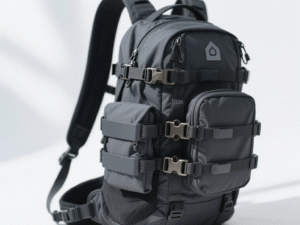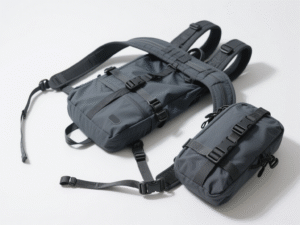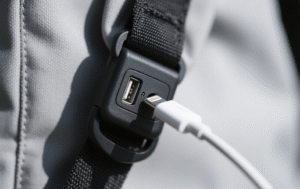Outdoor backpack
—-Sustainability, Intelligence, and Multi-Functionality Lead the Trend
The outdoor backpack industry is undergoing a quiet revolution. New materials, designs, and functionalities are reshaping how we carry our gear while exploring the world. Driven by environmental awareness, recycled materials (like recycled nylon and RPET) and bio-based biodegradable fabrics are becoming the new benchmarks for quality backpacks, balancing performance with planetary responsibility.
In terms of design, lightweight construction remains core, but there’s a stronger emphasis on seamless transition between scenarios. A well-designed backpack is blurring the lines between urban commuting and wilderness trekking, achieving “one bag for all occasions.” Simultaneously, modular design shines brightly, enabling free expansion of capacity and functionality through detachable components (like add-on pouches and tool mounting systems) to meet personalized exploration needs.


Functional evolution is equally remarkable. Integrated smart features are no longer novel—from convenient USB charging ports to built-in GPS trackers, significantly enhancing safety and connectivity. Upgraded waterproofing technology (e.g. fluorine-free, eco-friendly durable water repellent coatings) and optimized ergonomic load-bearing systems ensure gear stays dry and journeys remain comfortable and efficient, even over long distances.


Aesthetically, pragmatic minimalism dominates: earth tones offer versatility and stability, while high-visibility accent colors enhance safety. Clean lines and hidden storage compartments give backpacks a sleek, professional appearance.

The outdoor backpack in the future is an advocate for sustainability, a smart companion, and a reliable partner adaptable to diverse scenarios. It’s no longer just a carrying tool, but a key piece of equipment that elevates every adventure.





Add a comment